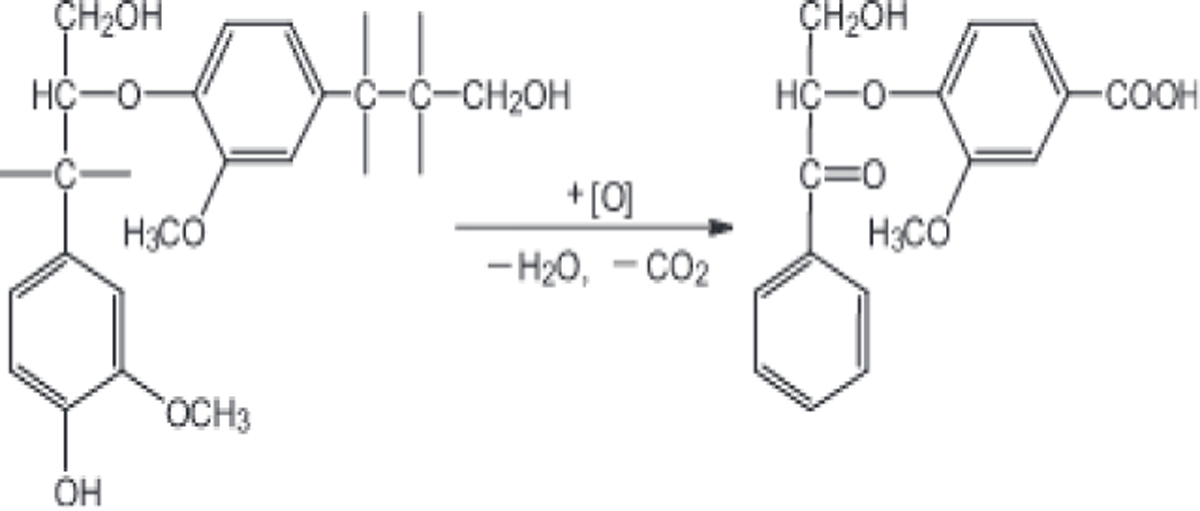Open Access
Table 1.
Microbial strain capable of lignin degradation and their biotechnology application
| Strain | Enzyme | Potential application | Peculiarities | Ref |
|---|---|---|---|---|
| Collybia dryophila | Mn‐Peroxidase | Humus turnover by recycling of high molecular‐mass humic substances. | Manganese peroxidase (MnP) was produced as a single protein with a pI of 4.7 and a molecular mass of 44 kDa. The production of MnP was noticeably increased in Mn2‐supplemented cultures. | [33] |
| Trametes versicolor and Trametes villosa | Laccase | Decolorization of different soil fulvic acids | The ability of laccases from Trametes species to transform soil FAs was shown for the first time | [34] |
| Trichoderma viride and Trichoderma lignorum | Copper‐ containing oxidoreductases | Soil, rizosphere of plants | Lignin degradation | [35] |
| Cladosporium herbarum | Peroxidase | Soil, rizosphere, phyllosphere | [36] | |
| Phellinus igniarius | Peroxidase | White birch wood | Under the action of peroxidases on lignin, its oxidative fragmentation occurs with the formation of polyphenolic products. In parallel with this, lignin condensation processes take place:
 |
[8] |
| Funalia trogii | Laccase | Wood mushrooms | Laccases from basidiomycetes are characterized by a high redox potential and broad substrate specificity | [37] |
| Bjerkandera adusta | Phenol oxidase | Inhabit the bark of trees | Extracellular peroxidases are regulated | [21, 37] |
| Aspergillus terreus and Trichoderma viride | Peroxidase phenol oxidase | wood | The activity of extracellular peroxidase, catalase and phenol oxidase of fungi is regulated by some chemical compounds (CuSO4, fungicides “Caton LXE” and “Ecodes”). | [17] |
| Acremonium murorum and Botrytis cinerea | Laccase | Gray forest soil and black soil | Humic acids have a mixed effect on laccase products | [14] |
| Fusarium culmorum, Fusarium sporotrichioides, Fusarium solani and Trametes versicolor | Laccase, Mn‐ Peroxidase, lignin peroxidase | Forest soil and tree bark | Strains secreted laccase, manganese peroxidase and lignin peroxidase into the growth medium under butch cultures; the yield of enzymes in the culture medium averaged from 75.5% to 91.9%, which facilitates their isolation and purification | [19] |
| Anoxybacillus sp. strain UARK‐01 | Laccase | Thermophilic bacterium from soil. | The strain grows optimally in the presence of oxygen at 55 °C and pH 8. The laccase activity was optimal at 90 °C and pH 9 | [38] |
Current usage metrics show cumulative count of Article Views (full-text article views including HTML views, PDF and ePub downloads, according to the available data) and Abstracts Views on Vision4Press platform.
Data correspond to usage on the plateform after 2015. The current usage metrics is available 48-96 hours after online publication and is updated daily on week days.
Initial download of the metrics may take a while.



